
Visa and entry requirements Kazakhstan:
Passport required
German citizens can enter Kazakhstan without a visa for a maximum stay of 30 days.
Information from the Foreign Office about your trip to Kazakhstan:
https://www.auswaertiges-amt.de/de/kasachstansicherheit/206342
Kazakhstan is a landlocked country in Central Asia with around 19 million inhabitants. The country borders Russia to the north, China to the east, Kyrgyzstan, Uzbekistan and Turkmenistan to the south and the Caspian Sea to the west.
The country's two official languages are Kazakh and Russian, and the national currency is the Kazakhstan tenge, where 1 euro corresponds to around 450 KZT.
The country's largest cities include Almaty, Aktobe, Nur-Sultan (formerly Astana), Shymkent, Karagandy, Pavlodar, Taras, Semei, Öskemen, Oral, Kostanay, Petropavl and Kyzylorda.
Around 71% of the Kazakh population profess the Muslim faith, and another 27% adhere to Christianity.
Kazakhstan is the ninth largest country in the world and has been independent since the collapse of the Soviet Union in 1991. Its land area consists predominantly of a desert and steppe landscape, with the only exceptions being the Altai Mountains in the east and the Tian-Shan high mountains in the south. The highest peak in the country is the 7,010 meter high Khan Tengri.
Kazakhstan is home to two large lakes, the Aral Sea and the Caspian Sea, as well as the Irtysh, the country's longest river. Because of its enormous size, the landlocked state has a rich flora and fauna.
Kazakhstan is the richest country of all Central Asian states and has significant reserves of mineral resources. The local economy is based primarily on large oil and natural gas deposits as well as other raw material reserves such as gold, uranium, hard coal, silver, bauxite, tin, iron ore, phosphorus, copper, lead and manganese.
The fertile soils of the vast steppe areas offer perfect conditions for agriculture, where mainly grain is grown and exported and livestock is raised on a large scale.
The capital and second largest city of Kazakhstan is Nur-Sultan, formerly Astana, with around 1.1 million inhabitants. The second coldest capital in the world is merely the political center of the country.
The economic, cultural and financial center of Kazakhstan is Almaty, formerly Alma-Ata, with around 1.9 million inhabitants.
In contrast to the practically newly created city of Nur-Sultan, the most populous city in the country has several historical buildings.
The most important sights in Kazakhstan include the State Theater, the Hazret Sultan Mosque, the Baiterek Tower, the city park, the National Museum of Kazakhstan, the Nur-Astana Mosque, the Peace Palace, the promenade along the quay wall in the old town, the Russian- Orthodox Church and the Arena in Nur-Sultan, the Cathedral of the Virgin Mary and the History Museum in Karaganda, the Space Museum of Baikonur, the Mausoleum of Khoja-Ahmed-Yasawi in Turkestan, the St. Nicholas Cathedral, the Art Museum, the Russian Orthodox Cathedral, Lake Issyk, Farmers' Market, Central Park, Mount Kok-Tobe, Presidential Park, Ascension Cathedral, Ski Resort, Great Almaty Lake and Charyn Canyon in Almaty .
In March 2013 I traveled to Kazakhstan for the only time so far. From the Kyrgyz city of Bishkek, I took the bus early in the morning to the former capital Almaty, about two hours away. However, this was the second attempt to enter the country after the previous day, but because my visa was only valid from the following day, I was turned back at the border.
The city of Almaty is very modern and had quite pleasant temperatures in March. After an extensive city tour, I relaxed in the afternoon in one of the large parks on a restaurant terrace with typical solyanka and traditional shashlik.
After this interesting and beautiful day in Almaty, I flew to the capital Nur-Sultan in the evening. However, it was still really cold there in the former Astana at this time of year, with nighttime temperatures of minus 5 degrees Celsius.
After a day-long tour of the city, with a visit to the capital's most important attractions, which are relatively close together, in the evening it was time to try out the excellent local cuisine in one of the many restaurants. According to Kazakh tradition, there was also vodka for the menu, which was similar to the previous day.
At the same time, that was also the right mood for the nightly football game between Kazakhstan and Germany, the actual reason for my trip. The game actually kicked off at midnight, a unique event for me at that time.
Otherwise, Nur-Sultan seemed more like a rich satellite city in the middle of the steppe of Kazakhstan, but also super modern and clean.
The next day I went back to Dubai, after many lasting impressions of beautiful Kazakhstan.

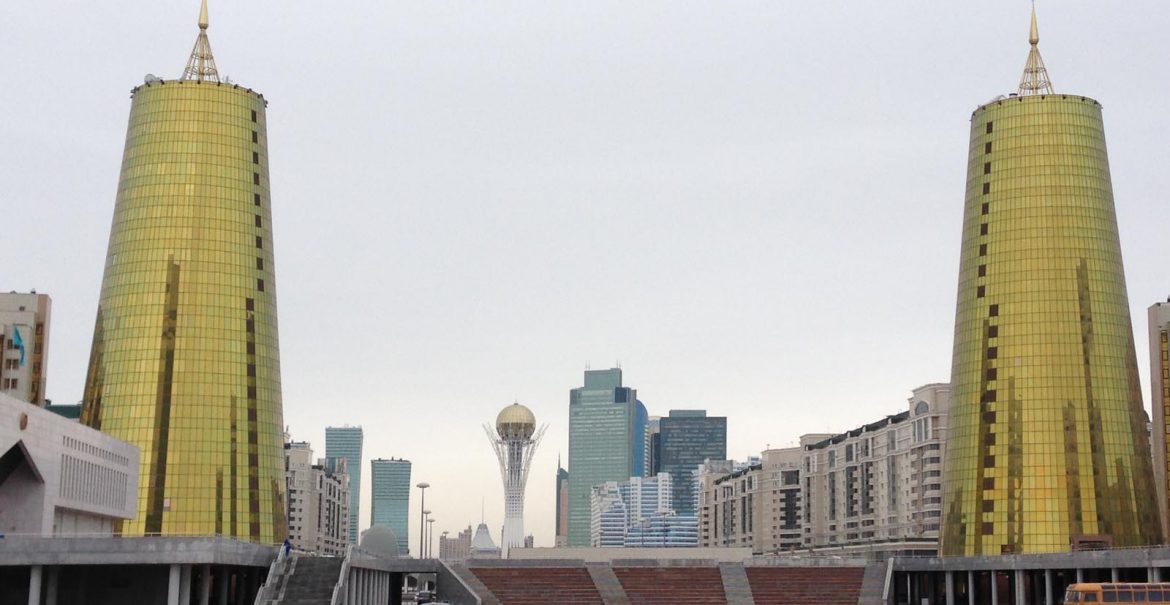

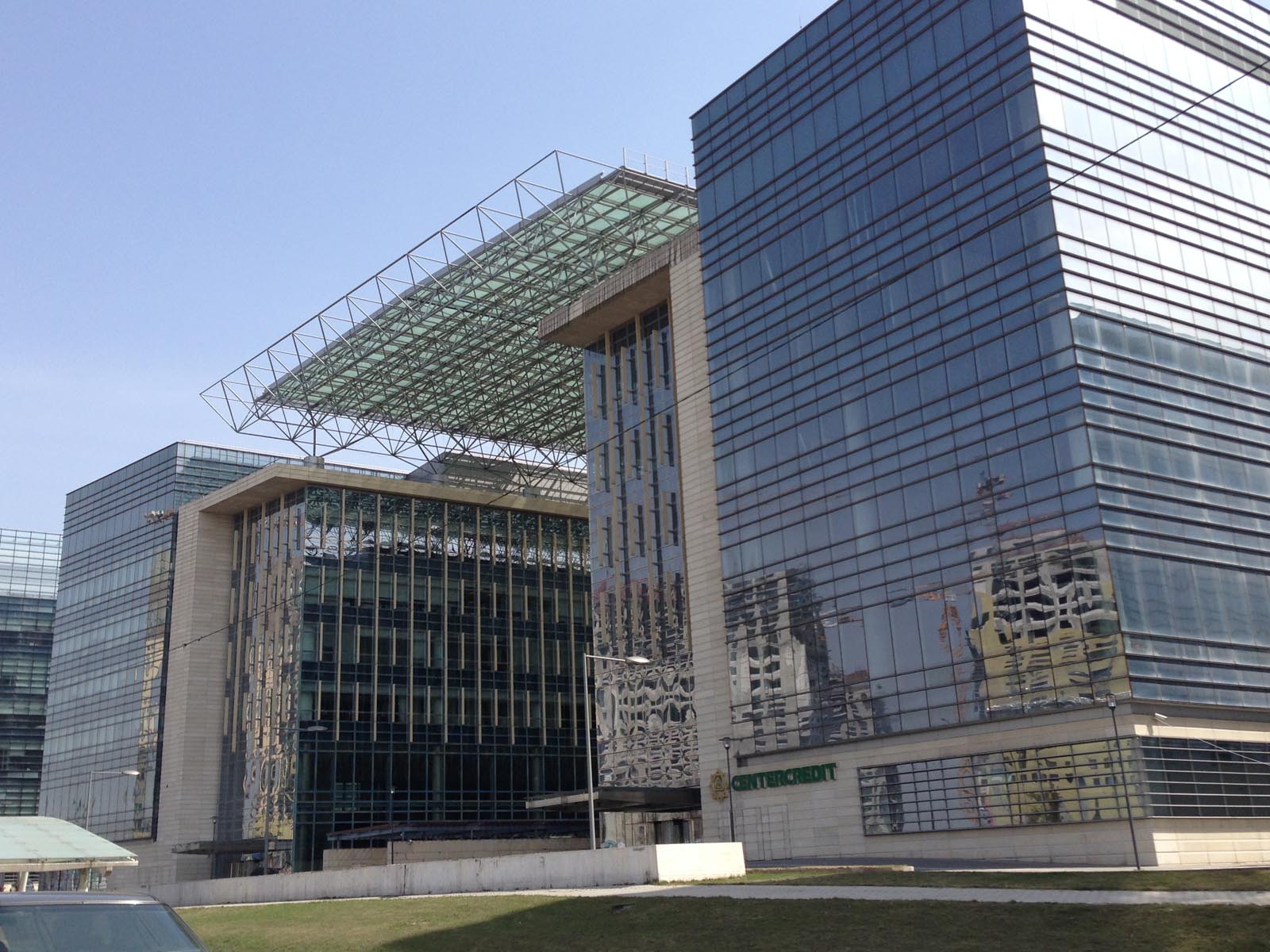












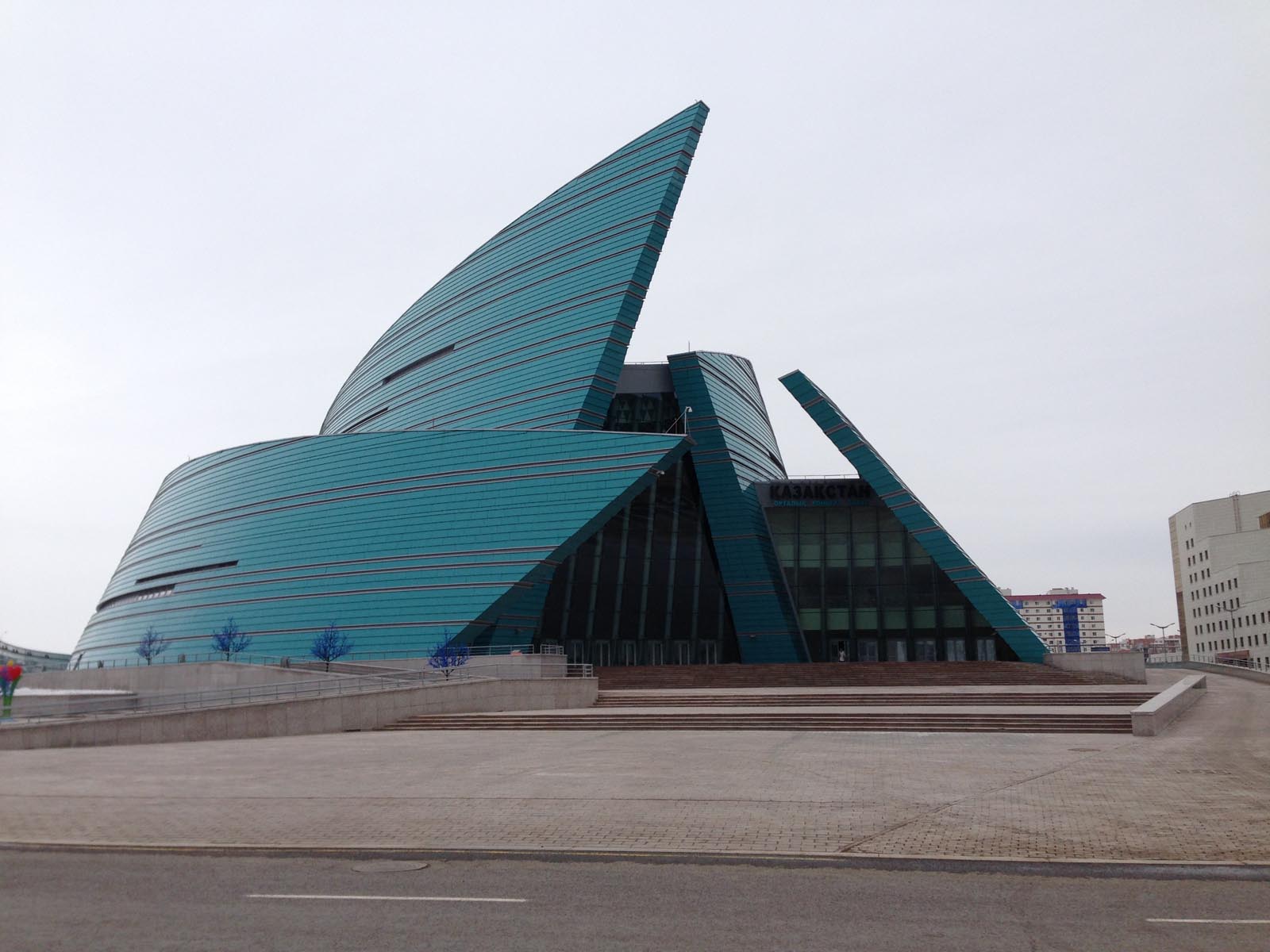
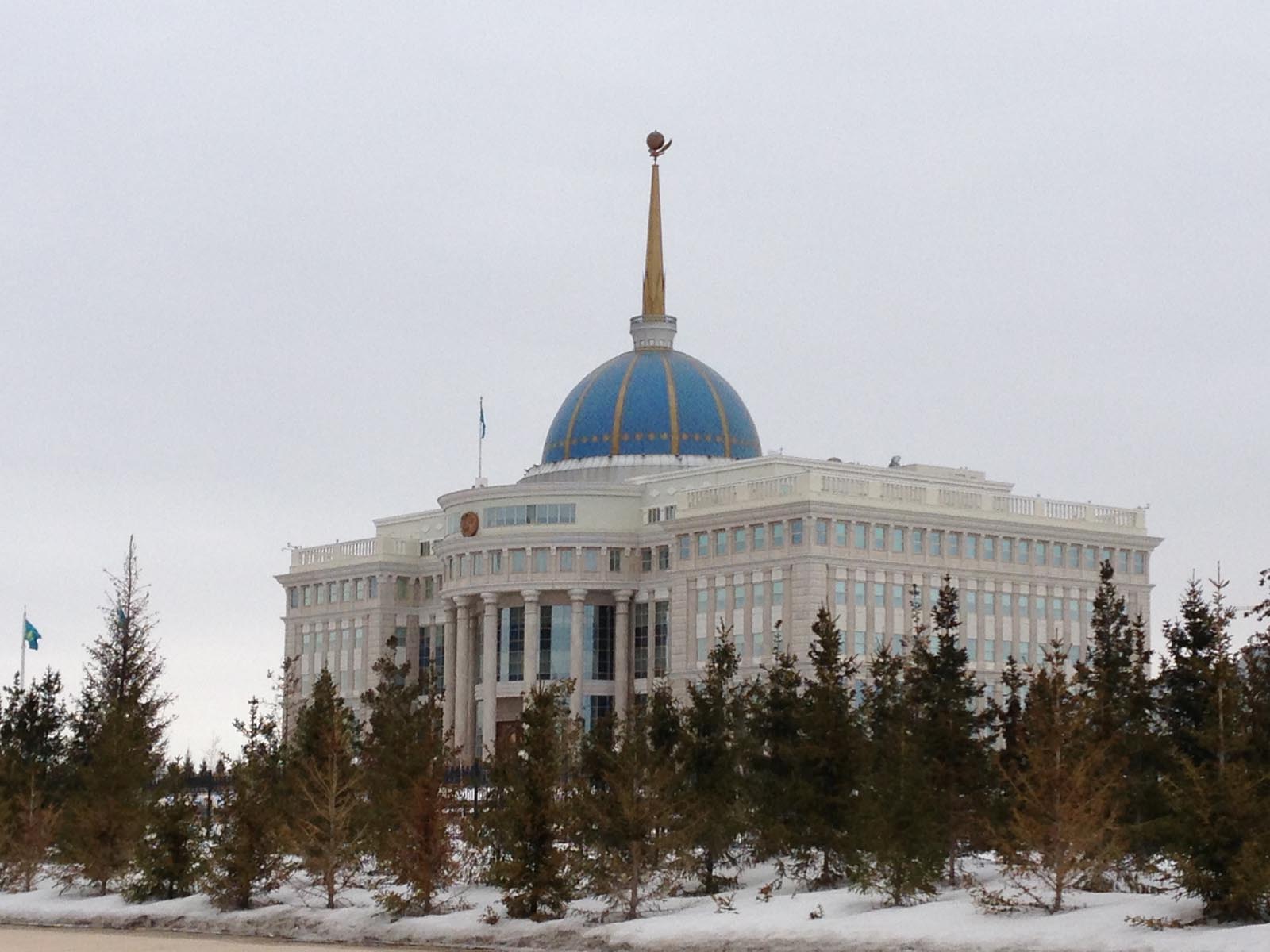


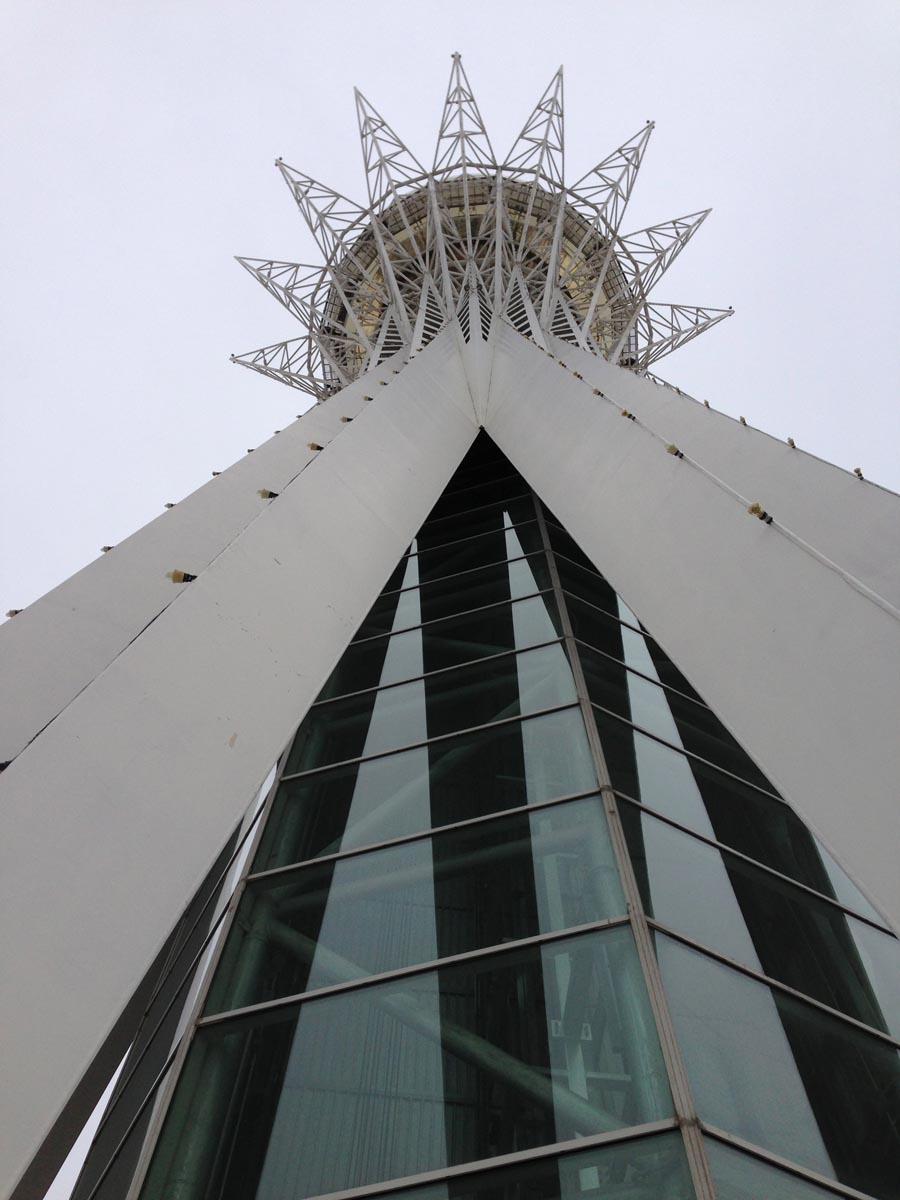


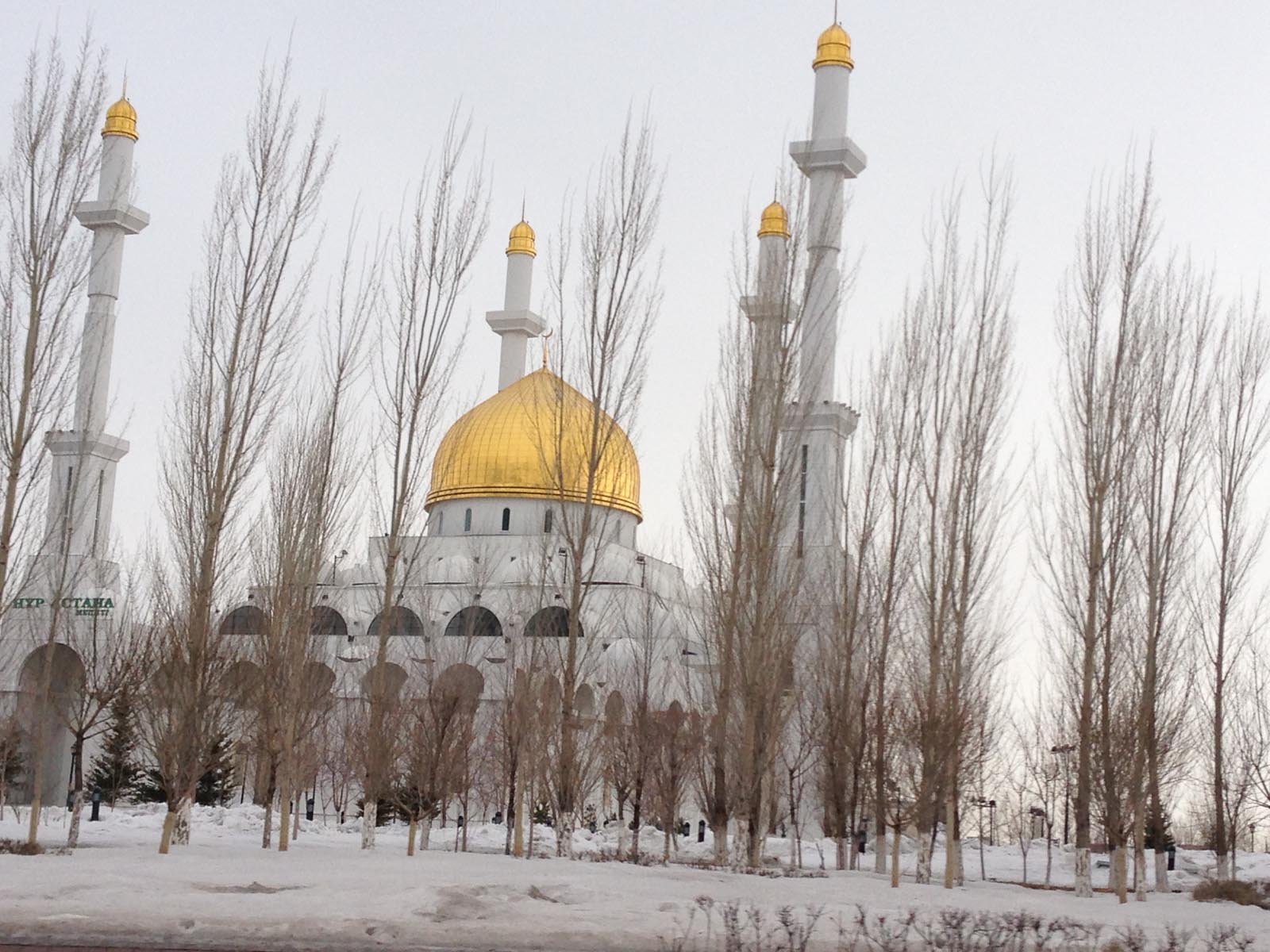

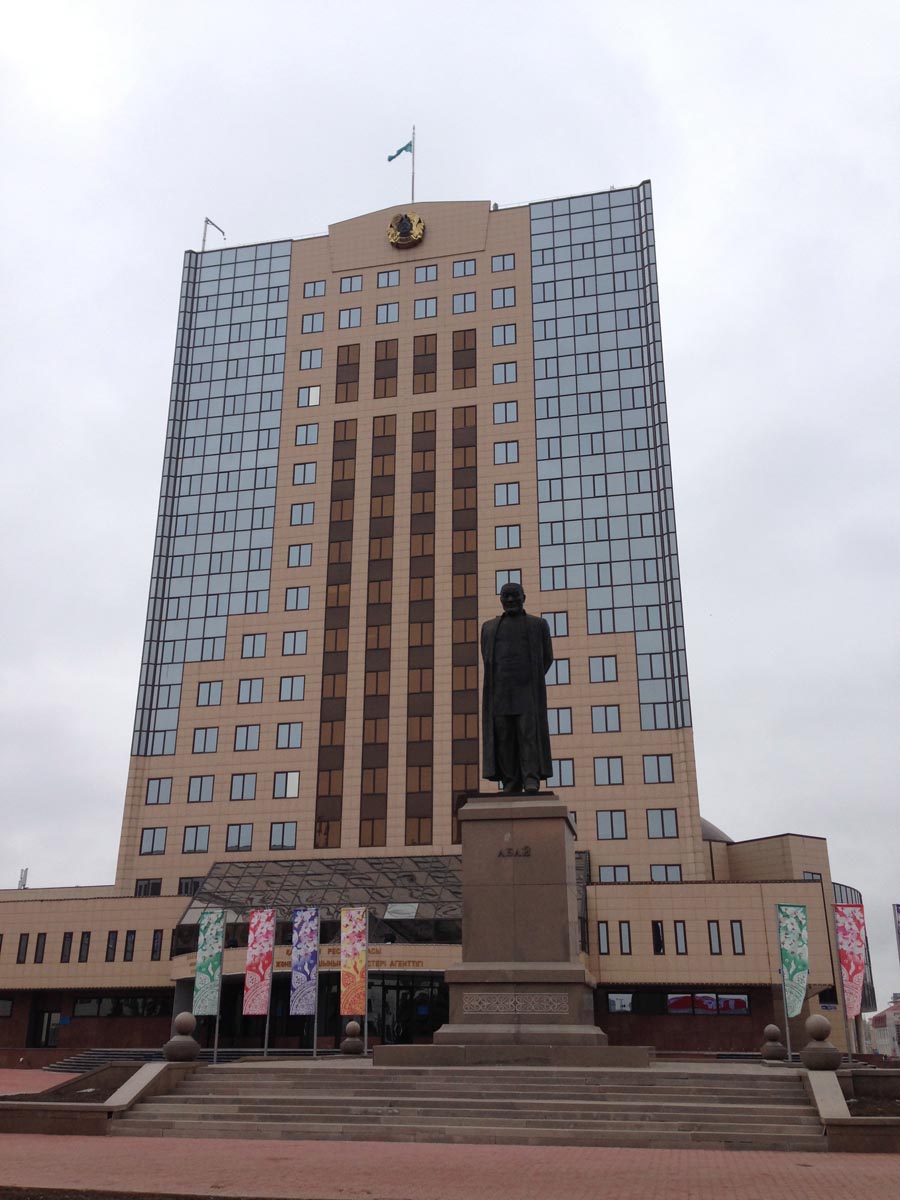
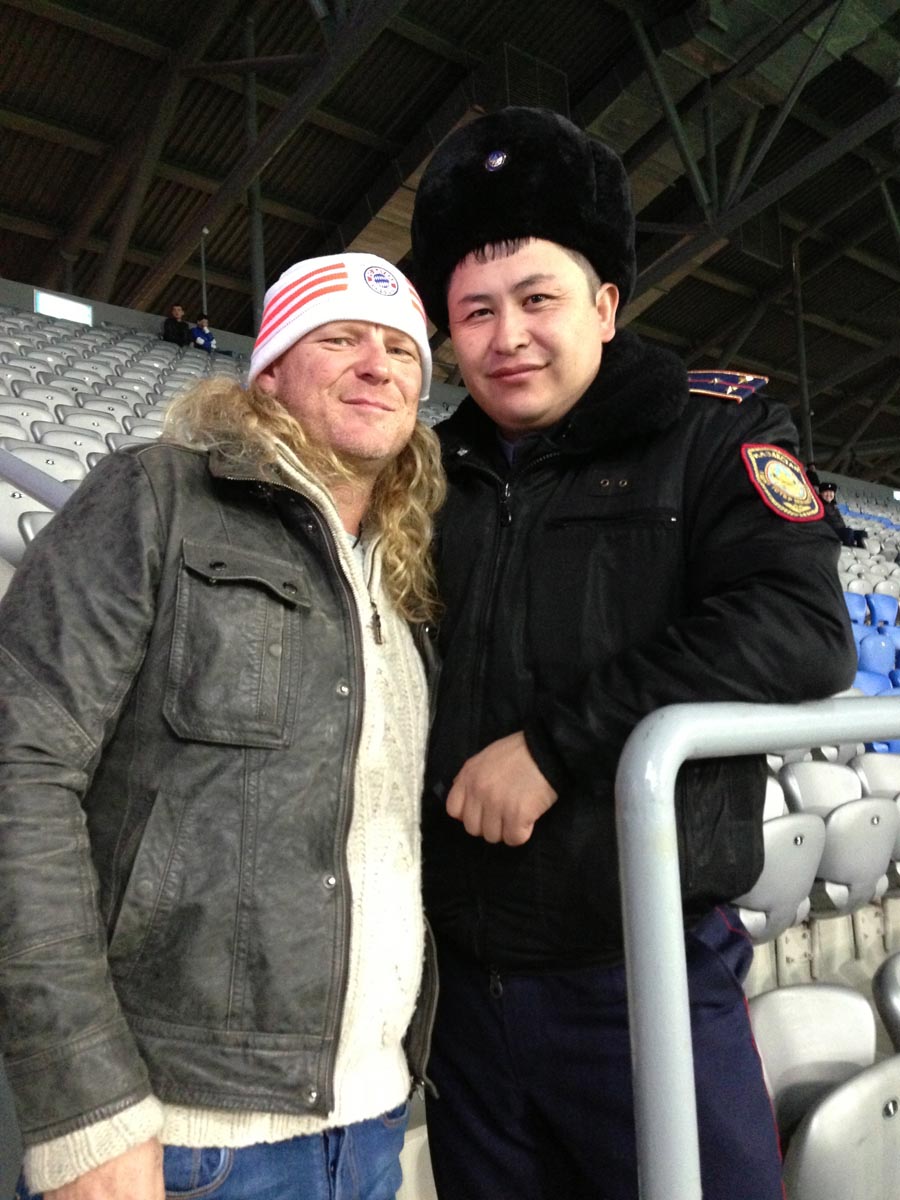


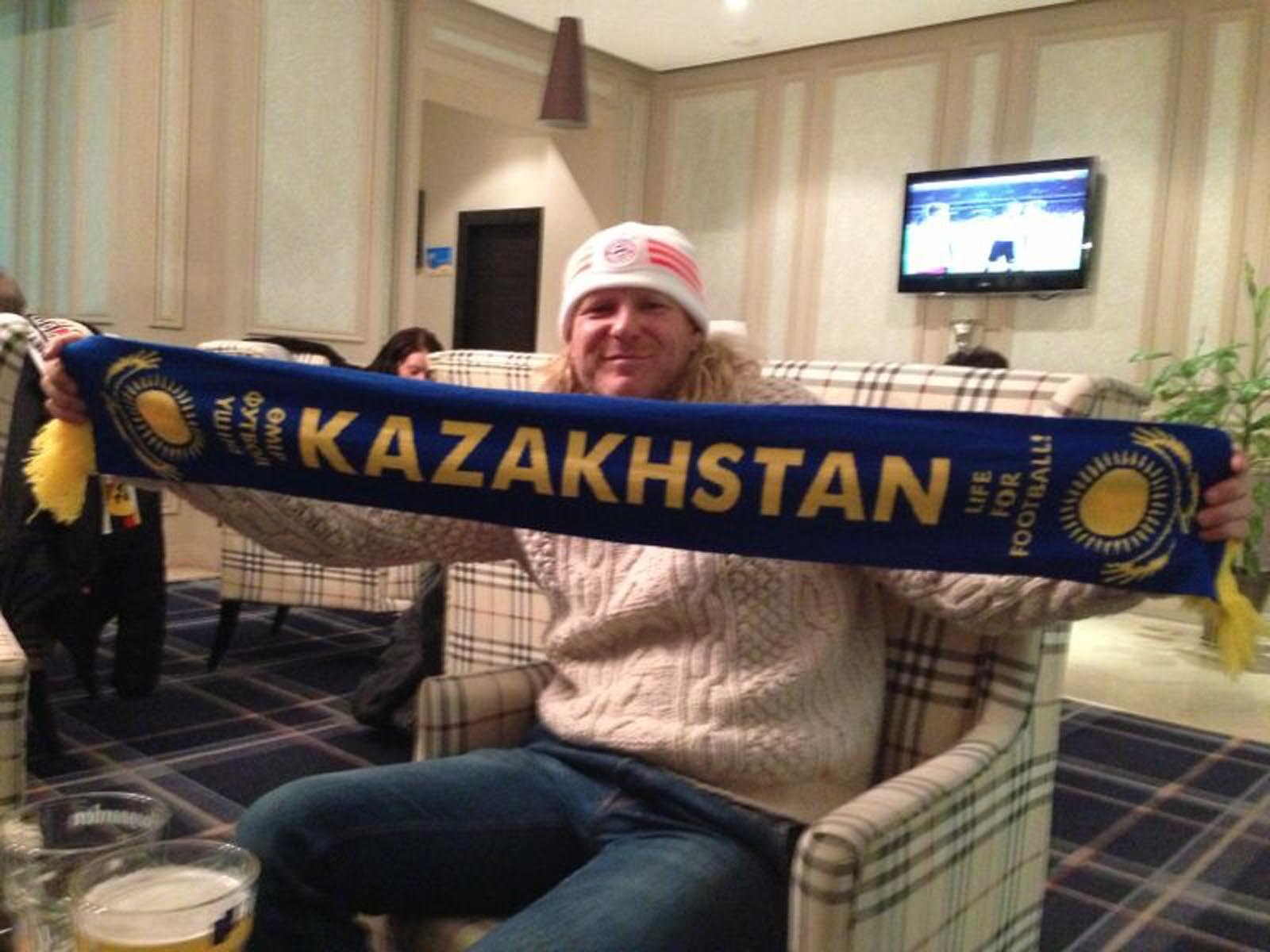
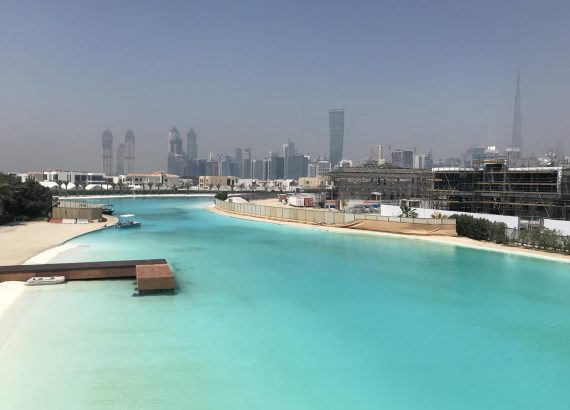
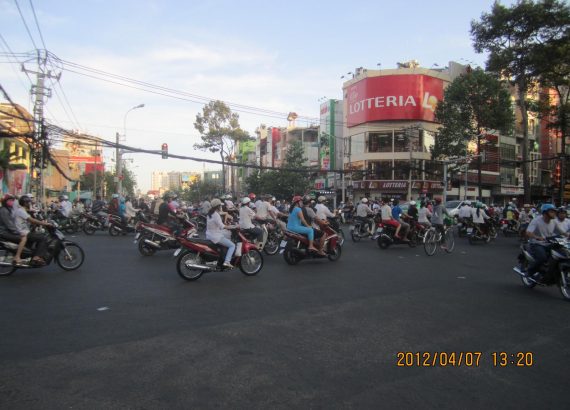
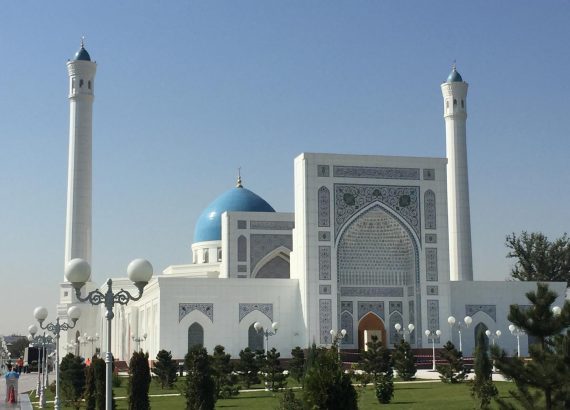
No Comments